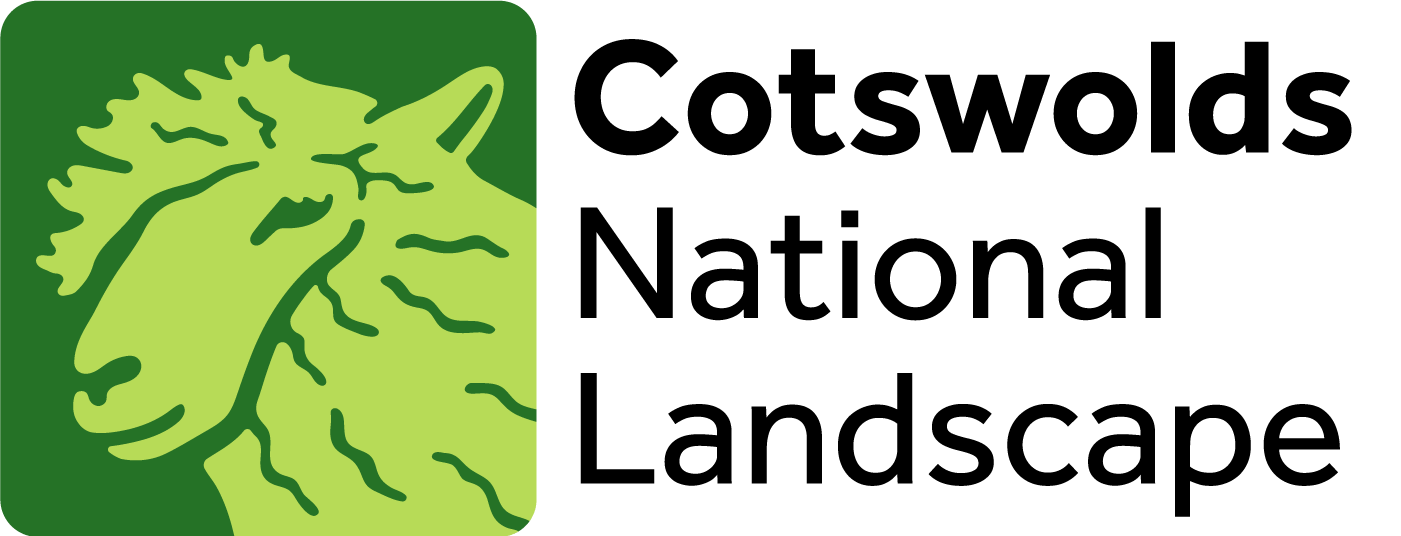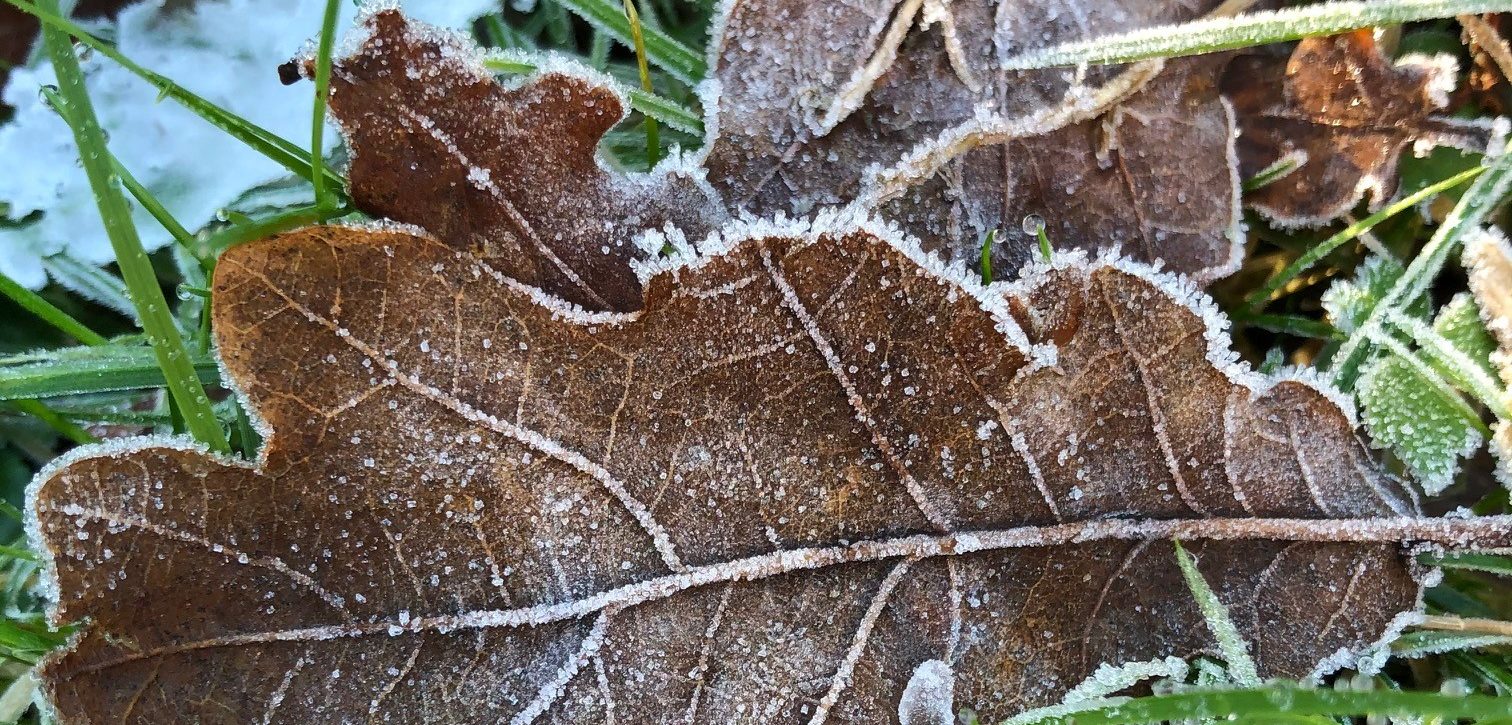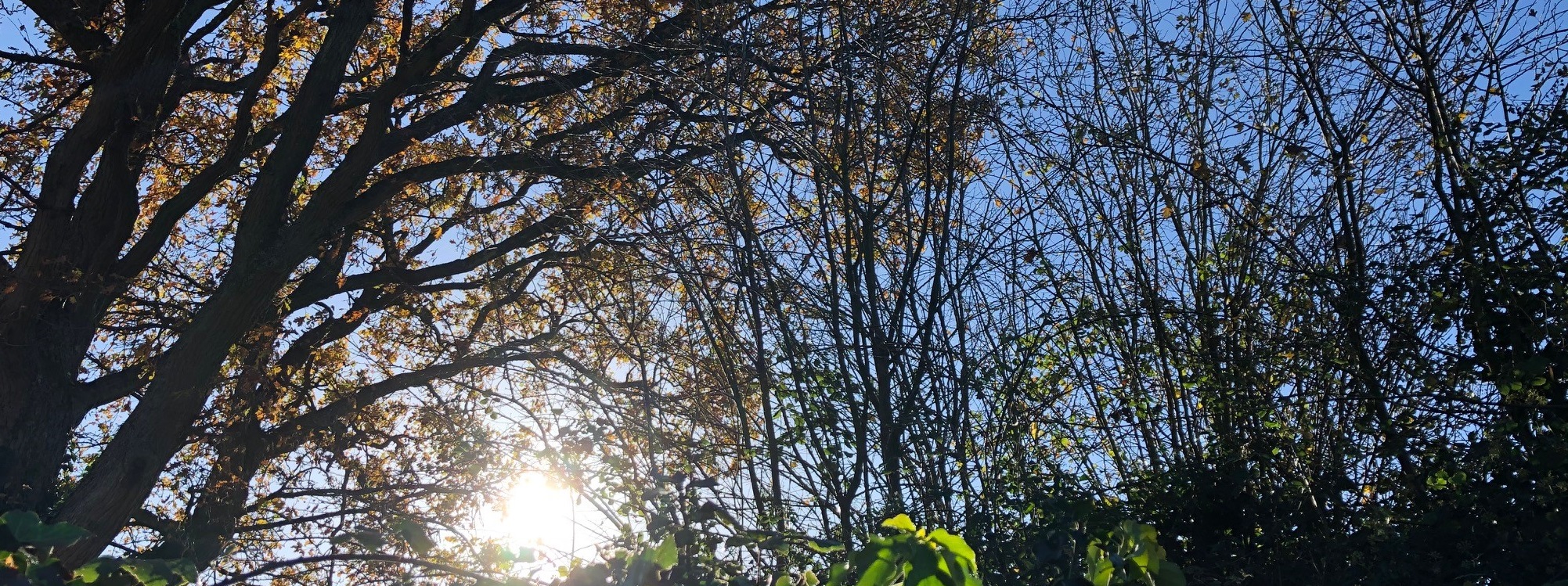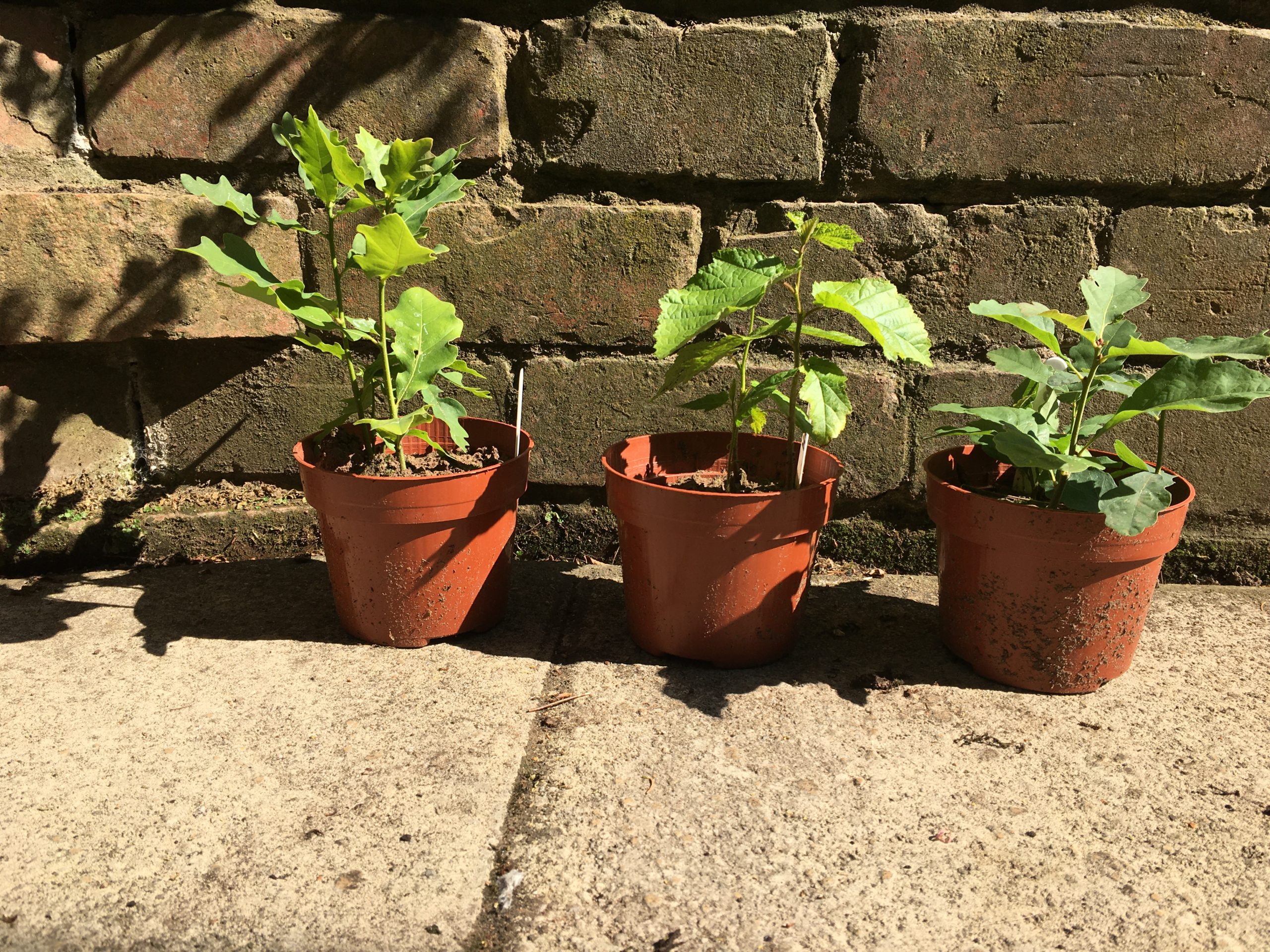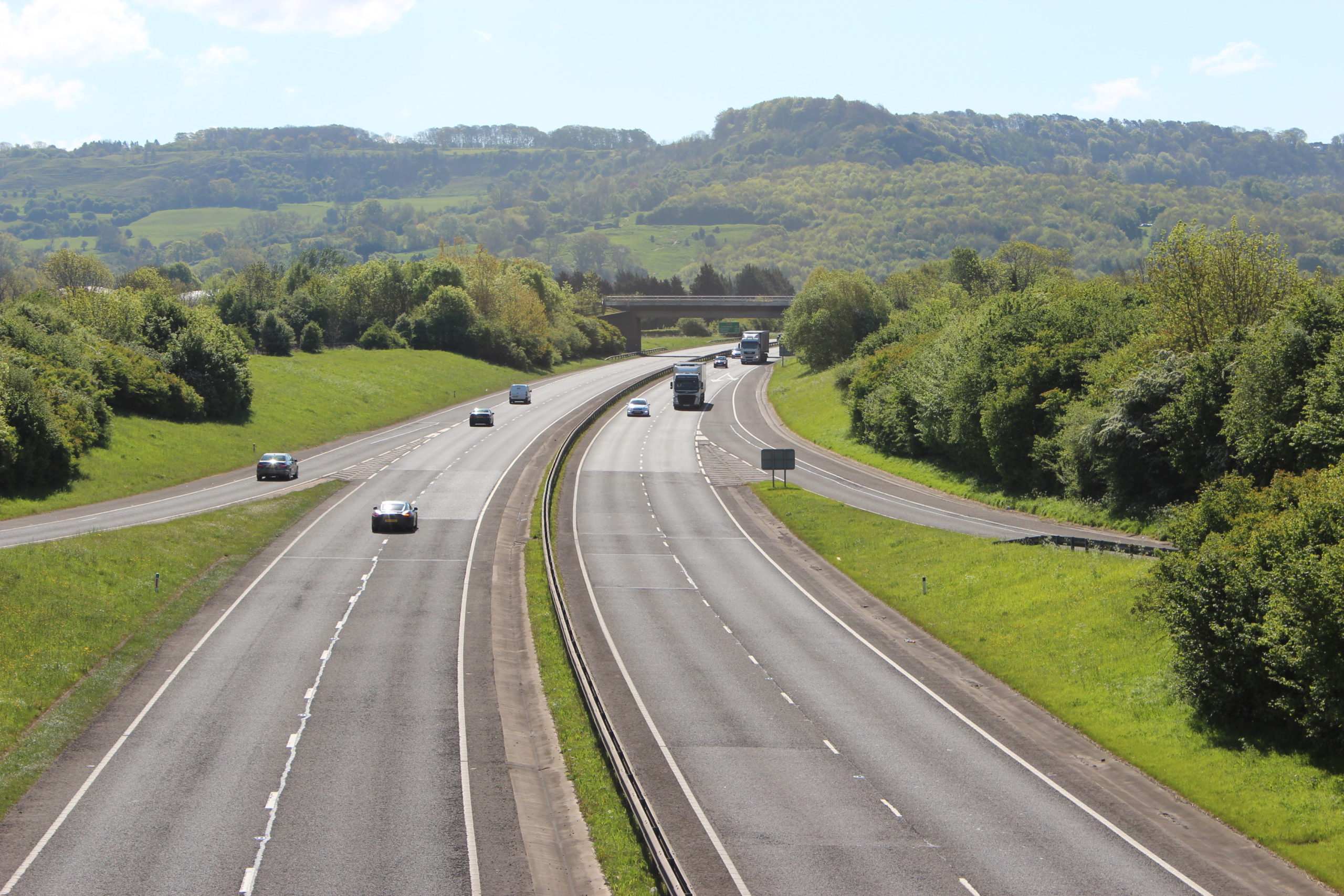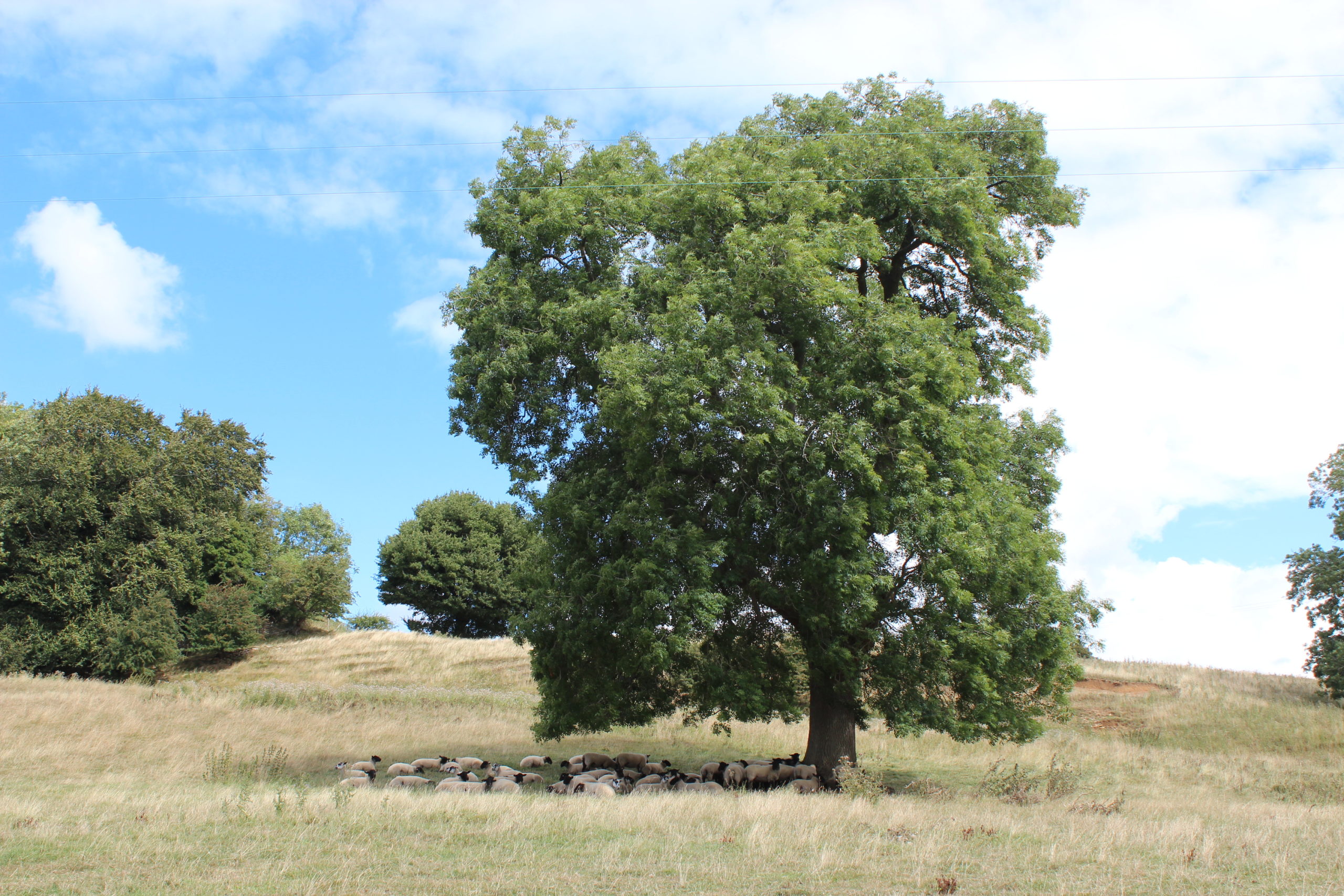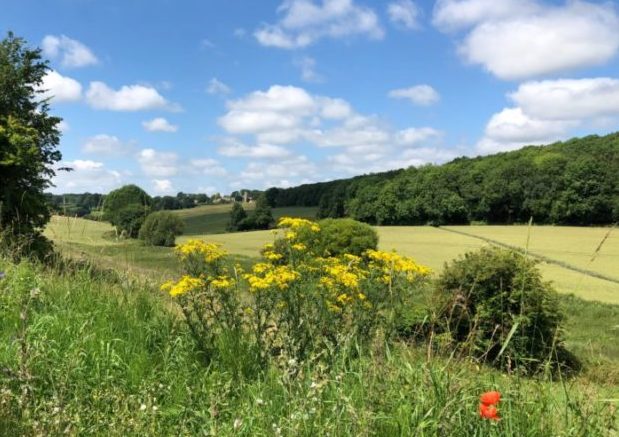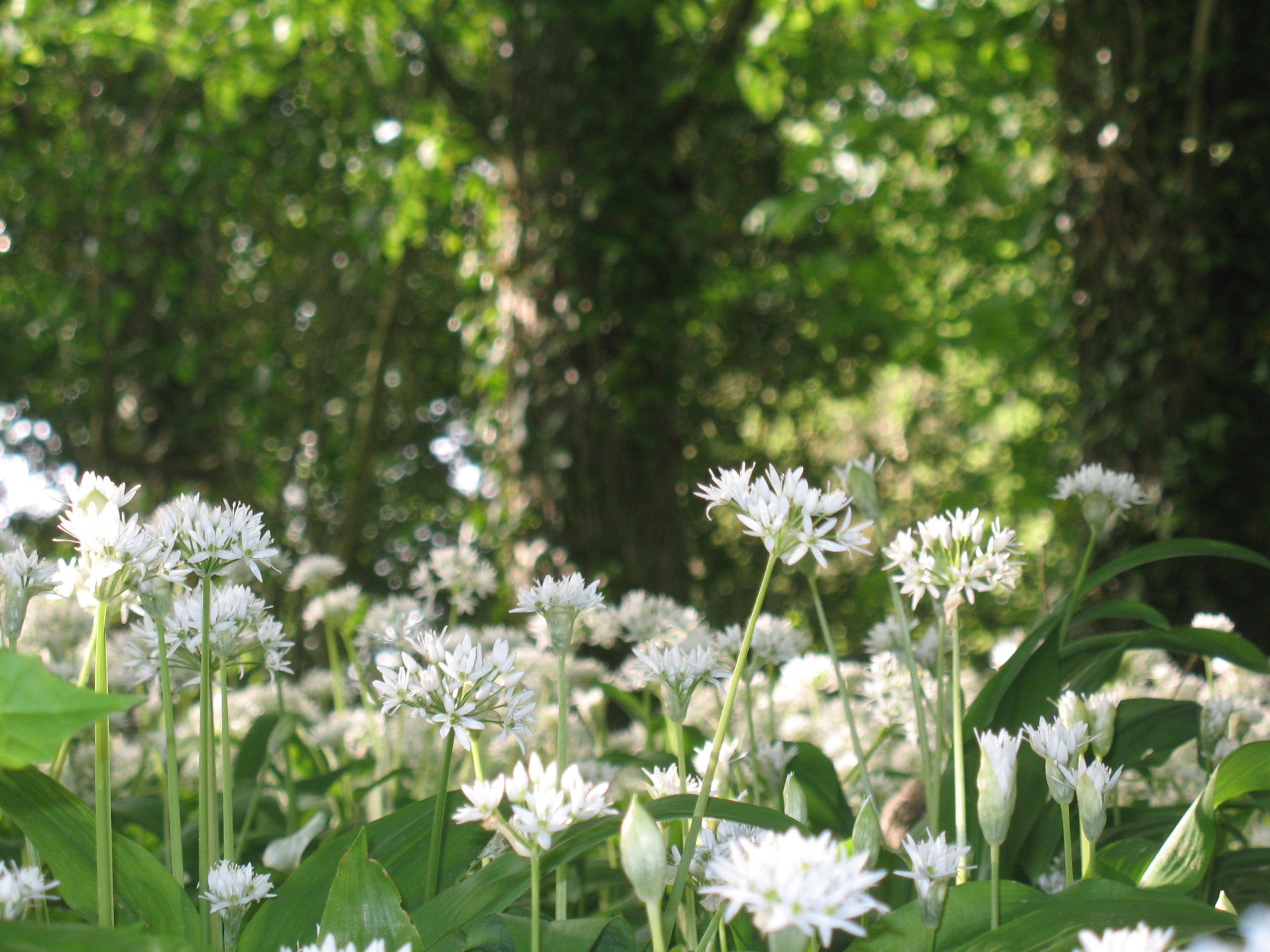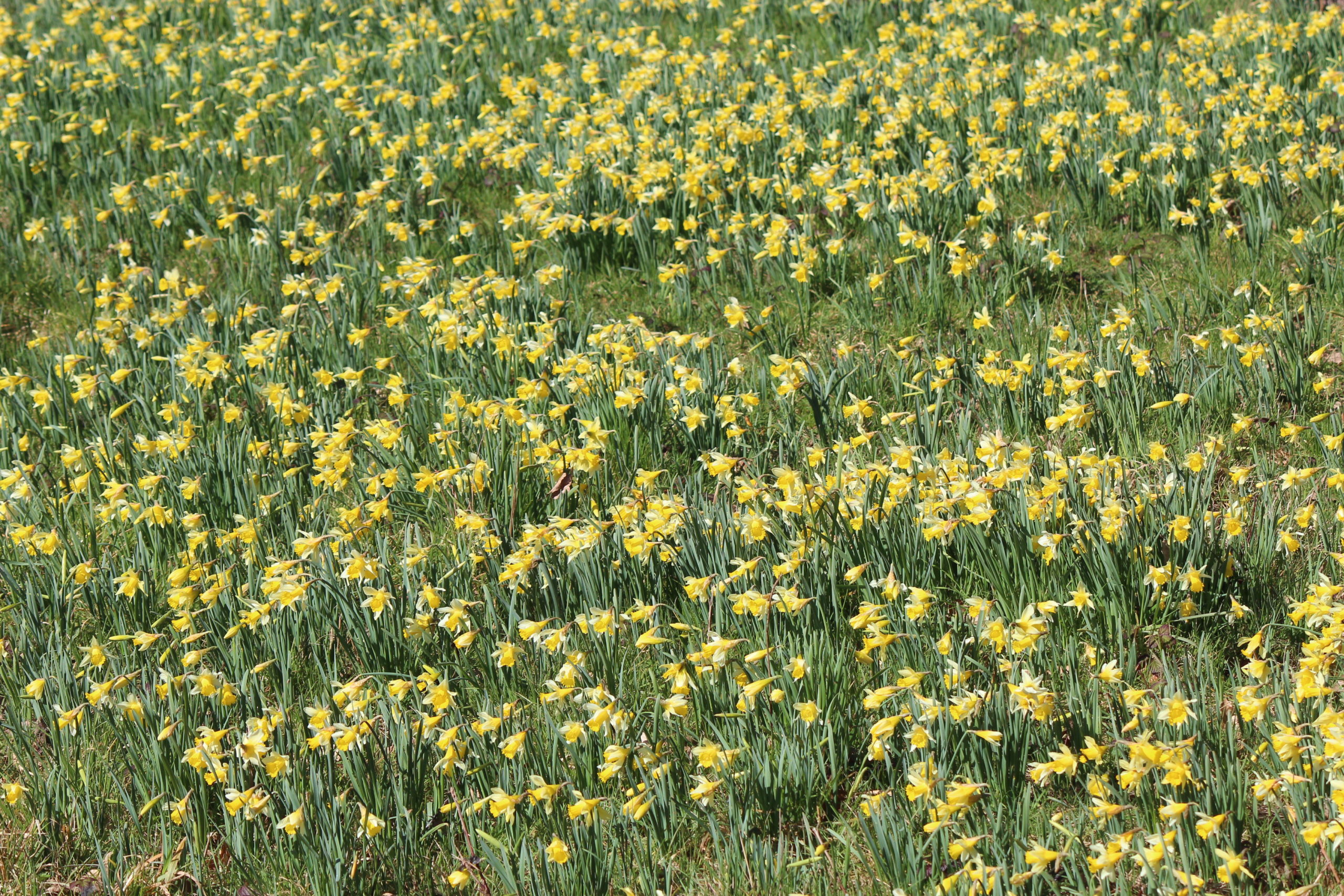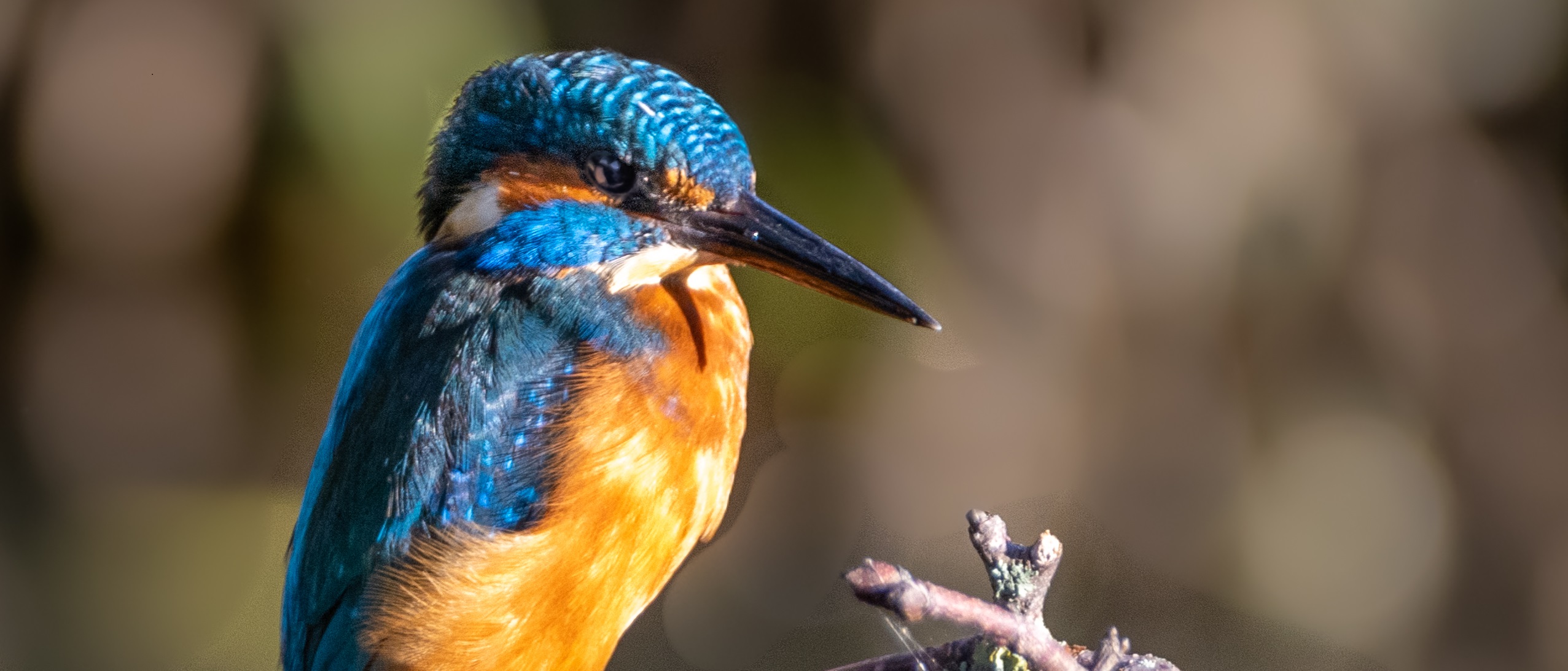
Image by Louie Fletcher.
Artistic and landscape collaboration announces new public art trail for 2021
The Cotswolds has long been famed for its glorious landscape, stunning architecture and breath-taking views. Now a panel of influential artists have joined forces with the team at the Cotswolds National Landscape, to shine an artistic light on the area.
Cotswolds National Landscape is a not for profit organisation, which works across the Cotswolds area to protect and promote the beautiful landscape. Working with the local creative community, the organisation has developed a unique response to aid recovery from the Covid-19 pandemic, with the new Kingfisher Trail, Cotswolds 2021.
The Kingfisher Trail will encourage people to explore an accessible public art trail throughout the Cotswolds. Using two distinct routes inspired by the rivers Severn and Thames, the Kingfisher Trail will offer a unique way for people to connect with nature in 2021. The kingfisher has been chosen based on its reputation as a resilient and adaptable bird – characteristics shared with the communities and businesses the trail seeks to support. In a post-Covid context, the kingfisher is a symbol of hope and positivity for us all.
The trail officially launches in May 2021 and will feature 21 large scale kingfisher sculptures, all creatively interpreted by both established artists and emerging talent. In the run-up to the launch, artists will be showing their works in progress and a series of events are planned to showcase these new works of art before they are sited on the trail, to be visited and viewed at a series of locations across the local area.
All of the members of the trail’s artistic programming panel, comprised of PJ Crook, celebrated painter and sculptor; Andy ‘Dice’ Davies, the founder and director of the internationally acclaimed Cheltenham Paint Festival; Arabella Kizsely from the Little Buckland Gallery; abstract artist Ed Swarez; and illustrator Imogen Harvey-Lewis will each decorate a giant model kingfisher.
The artistic panel have brought together a further 16 artists who will generate an impressive kingfisher line-up, boasting originality and creativity when the trail launches next spring. In the meantime, sponsors and host venues are sought to work with the Kingfisher Trail team to deliver a unique Cotswolds experience for trail visitors.
Twenty of the sculptures are looking for venues where they can perch for the duration of the trail, from May to September 2021, and one special ‘flying kingfisher’ will swoop in and around the region, at a series of handpicked destinations, venues, and events.
To celebrate the conclusion of the trail, the individual kingfishers will be available to buy at auction in October 2021 – in a rare opportunity to snap up the work of all the contributing artists and in turn raise funds for the Cotswolds National Landscape projects.
Painter and sculptor PJ Crook MBE commented:
“I am delighted to have been invited to be on the panel advising the Kingfisher Trail, particularly as Cotswolds National Landscape team has embraced the idea of including a group of students from the National Star College, of which I am an active patron.
The students will make the idea of painting one of the beautiful huge kingfisher sculptures all the more exciting for me too, as I have volunteered to also take part! And I know that the other artists will all be thinking of brilliant ways to make their kingfisher models truly stunning and unique, to showcase the glorious waterways and landscape vistas of our beloved Cotswolds region.”
For more details and to get involved visit – www.kingfishertrail.org
ENDS
Editors Notes – for high resolution imagery and interviews please contact Mel Jones at Encore PR – melanie@encorepr.co.uk
